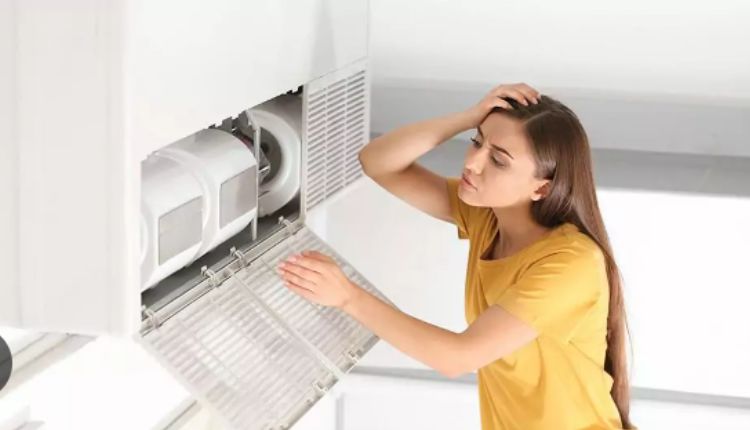Split air conditioning systems are popular for their efficiency and quiet operation, providing effective cooling for homes and offices. However, like any appliance, they can encounter issues over time. Understanding common split AC problems and their solutions can help you maintain optimal performance and extend the lifespan of your unit. This article highlights some frequent issues with split AC systems and offers practical solutions.
1. Reduced Cooling Efficiency
Problem: If your split AC isn’t cooling as effectively as it used to, it might be due to several factors, such as a dirty filter, refrigerant issues, or a malfunctioning compressor.
Solution:
- Clean or Replace Filters: Dirty filters can restrict airflow and reduce cooling efficiency. Clean or replace the filters regularly to maintain optimal performance.
- Check Refrigerant Levels: Low refrigerant levels can impact cooling efficiency. If you suspect a refrigerant issue, contact a technician to check and refill the refrigerant.
- Inspect the Compressor: The compressor is crucial for cooling. If it’s not functioning properly, professional servicing may be required to diagnose and repair the issue.
2. Strange Noises
Problem: Unusual noises such as grinding, squealing, or rattling can indicate mechanical issues or loose components within the unit.
Solution:
- Inspect for Loose Parts: Check for any loose screws, panels, or components and tighten them if necessary.
- Clean the Unit: Accumulated debris can cause noises. Ensure the unit is clean and free of obstructions.
- Professional Inspection: Persistent strange noises might require a professional technician to identify and fix internal issues or replace faulty parts.
3. Water Leakage
Problem: Water leakage around the indoor unit is a common issue, often caused by a clogged condensate drain line or a faulty pump.
Solution:
- Clear the Drain Line: A clogged drain line can cause water to back up and leak. Use a pipe cleaner or a similar tool to clear the blockage.
- Check the Condensate Pump: If your unit has a condensate pump, ensure it’s working correctly. If it’s faulty, it may need repair or replacement.
- Inspect for Ice Formation: Ice build-up on the evaporator coil can cause leakage. Ensure proper airflow and check for any issues with the coil.
4. Poor Airflow
Problem: Weak or inconsistent airflow can result from blocked vents, a malfunctioning fan, or issues with the ductwork.
Solution:
- Clean Vents and Registers: Ensure that vents and registers are not obstructed by furniture or debris.
- Check the Fan: The fan should operate smoothly. If it’s not working properly, it might need adjustment or replacement.
- Inspect Ductwork: Check for leaks or blockages in the ductwork that could impede airflow.
5. Remote Control Issues
Problem: Difficulty using the remote control or unresponsive buttons can frustrate operating your split AC.
Solution:
- Replace Batteries: Ensure the remote control batteries are fresh and properly inserted.
- Check for Signal Interference: Ensure no obstructions between the remote and the AC unit.
- Reset the Remote: If problems persist, try resetting the remote control according to the manufacturer’s instructions or consult the user manual for troubleshooting tips.
Conclusion
Understanding common split AC problems and their solutions can help you address issues promptly and maintain your system’s efficiency. Regular maintenance and timely repairs ensure that your split AC continues to provide reliable cooling, enhancing comfort in your home or office. For more detailed information and professional assistance, visit LG’s Split AC Problems and Solutions guide.


